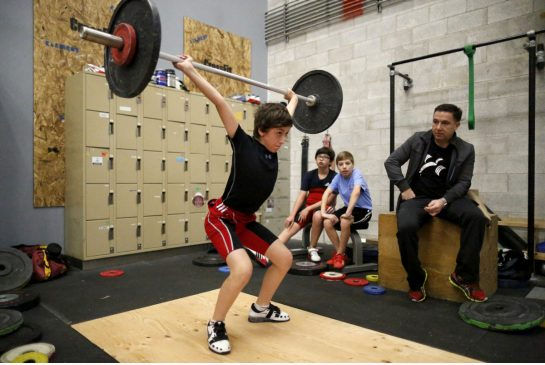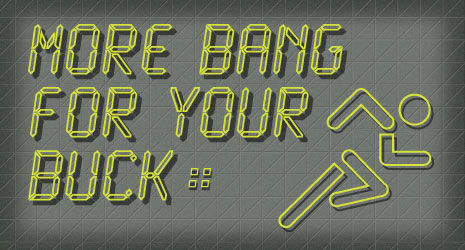Olympic lifting in Academy Football
- sjbl61
- Nov 25, 2015
- 3 min read
I was coaching the Development squad (U18’s – U21’s) and got talking to one of the coaches concerning Olympic lifting (Ollie’s) for improving performance within a football environment. The conversation got me thinking to what my views are on Ollie’s with teenagers in football.

I think before Ollie’s can be considered for any athlete, the individual must be assessed through a movement screen whereby weaknesses can be rectified. For example; can the athlete perform prerequisite movement patterns such as the hip hinge, overhead squat and triple extension?
If the answer is no to the above prerequisites then perhaps regression to basic movement patterns is required. This could include rehearsing the hip hinge, overhead squat and triple extension, particularly including these as part of the athletes warm up. A triple extension pattern is exhibited in exercises such as skipping/A/B skips and the majority of jumping movements. Whereas the hip hinge can be strengthened through RDL’s/good mornings and sumo deadlifts – a personal favourite of mine in a football population due to is ability to strengthen the hamstrings and adductors. The overhead squat however can be rather tricky to develop, I do advocate the use of a heel lift if required, however in an ideal world this would be removed as soon as possible to increase ankle/thoracic/Hip ROM.
I personally advocate the use of Ollies in programmes where possible, however I have raised some concerns which I have come accross. Whilst it is clear but beyond this blog post to put forward the multitude of benefits that performing Ollies could bring to youth footballers; could you get more bang for your buck, is the risk reward great enough, or how good is the coach to athlete ratio?
Could you get more bang for your buck?

When using Ollies correctly with athletes able to perform them I believe they are at the pinnacle of power development. The question is however, can your athlete perform them correctly and if so, are they able to do so with load? If they cannot then perhaps alternatives may prove to enhance power development at a faster rate (particularly when technical coaches are after “quick development”). Replacements could include the use of plyo’s or complex/contrast training methods to utilise the PAP response, which potentially takes less time to develop. More ballistic movements such as depth/drop/rebound jumps could also be employed for the same outcome.
2.Risk Vs. Reward

Leading on from the athlete’s ability to perform the exercise, which could also be construed as a large risk, both in terms of injury to the athlete and also the detriment to their performance due to a lack of stimulus. This question must therefore be taken into serious consideration, could you achieve the same adaptations using other methods which carry much lower risk? Or on the other side of the coin, is there another exercise which carries increased reward (bang for your buck) or perhaps are more specific to the dynamic correspondence of the sport or more specifically the motor skill you are trying to enhance. Again, if the answer is yes then perhaps an altered exercise selection would be more suitable to your athlete/s.
3. Coach to Athlete ratio

Lastly, whilst the use of Ollies could improve various physical attributes, does coaching a group permit the use of them? For example; regarding this population specifically (youth footballers, beginner level Ollies), working with a group of 10 athletes it becomes increasingly difficult to improve the motor skill level of all athletes. So what does this mean to the coach? Well perhaps a better coach: athlete ratio would improve the technical quality of the players, or in an ideal scenario, smaller groups of athletes would be coached to the point where they become autonomous or with a degree of a laissez-faire coaching style.
To summarise, I have raised these issues not to dissuade coaches from employing Ollies into programs designed for group sessions, but to make them think of the implications of poor motor skill acquisition, lack of coaching staff or the risk vs reward of using them. I do believe that in an ideal world, football clubs would have larger gym spaces, including multiple platforms so that groups of athletes could be coached Ollie’s or at least there derivatives!
However, “we live in a world full of ideals, but we rarely live in an ideal world”.

































Comments